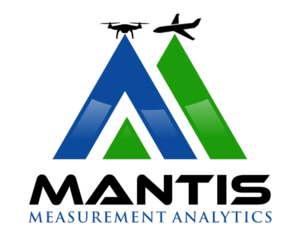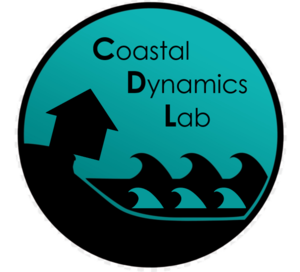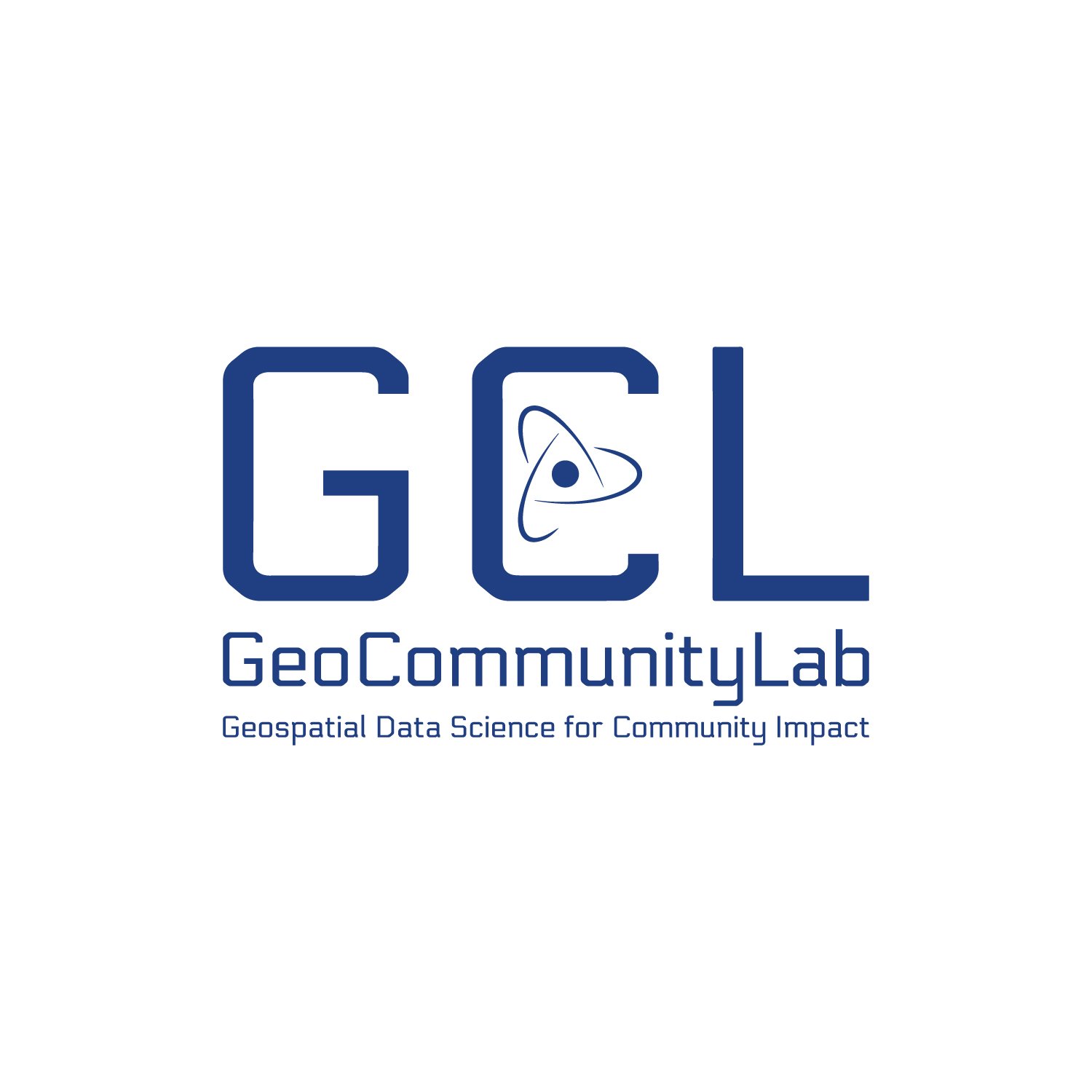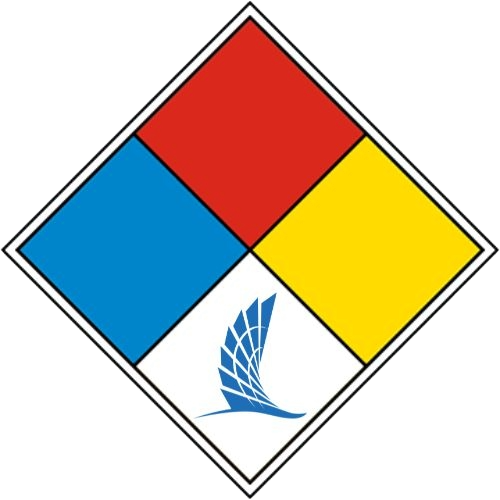Conrad Blucher Institute Research Units
Research operations
Research Operations performs the installation, operation, maintenance, and repair of various environmental data collection stations along the Gulf Coast, as well as collects and disseminates near real-time data to decision makers and the public.
Coastal Dynamics Lab (CDL)
The Coastal Dynamic Lab (CDL) conducts coastal research and monitoring using artificial intelligence, precise measurements, and innovative modeling techniques to develop tools, visualizations, and apps, while closely collaborating with stakeholders to provide decision support and guidance reporting along the Texas coast.
geoCOMMUNITYLAB (GCL)
The GeoCommunityLab advances geospatial data science for community impact, collaborating with communities to address unique challenges and seize opportunities that foster positive societal change.
Geospatial Optimization & Analytics Lab (GOAL)
The Geospatial Optimization & Analytics Lab (GOAL) performs research on location analysis using computational techniques, such as spatial optimization and machine learning, to support geospatial decision making using quantitative tools.
Measurement Analytics (MANTIS) LAB
The Measurement Analytics (MANTIS) Lab explores the merging of geomatics, remote sensing, and geospatial computing to aid scientific and engineering decision-making through improved measurement and analytics of natural and built systems.
Texas Spatial Reference Center (TSRC)
In 2005, Texas A&M University-Corpus Christi and the Conrad Blucher Institute for Surveying and Science were awarded funding from National Ocean and Atmosphere Administration (NOAA), National Geodetic Survey (NGS) to create the Texas Spatial Reference Center (TSRC) and to implement the National Height Modernization Program in the State of Texas.
The Texas Spatial Reference Center is a repository for information used by researchers to develop improved understanding of elevation, geodetic and vertical datums in Texas.












